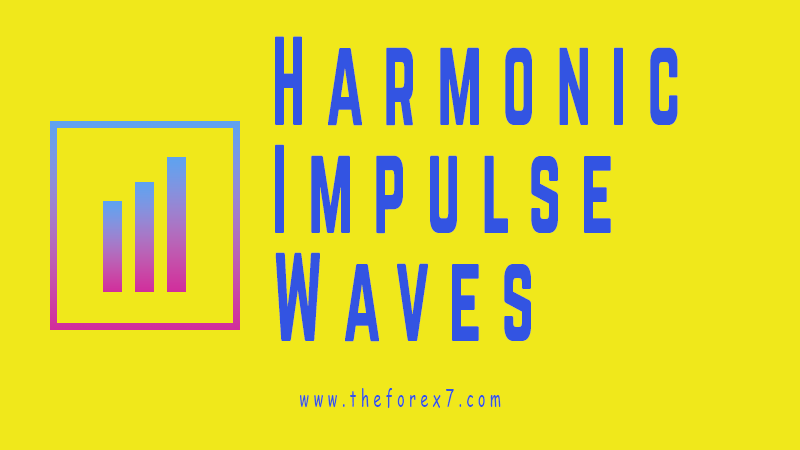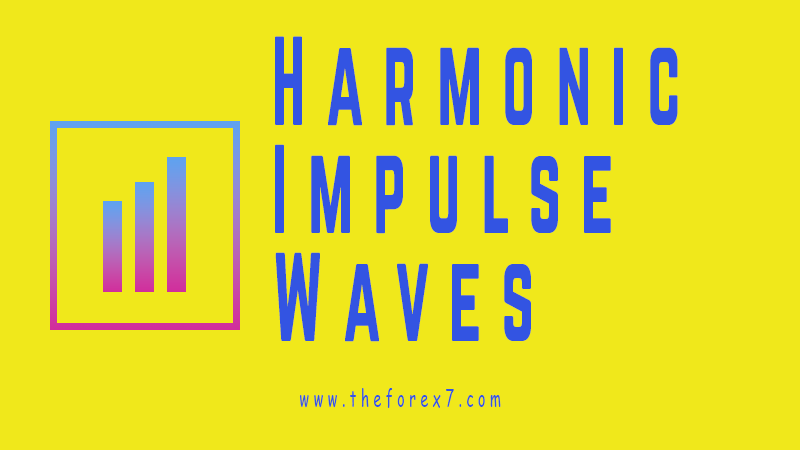Harmonic Impulsive Wave: Extreme Bearish and Bullish Wave
Retracement of bullish and bearish impulsive wave, Extreme bearish and bullish harmonic impulse wave, Harmonic impulse waves conclusion
Course: [ HARMONIC TRADING : Chapter 2: Harmonic Impulse Waves ]

The nature of the Extreme Bearish Harmonic Impulse Wave is exemplified in the chart
STANDARD AND POOR’S
500 DECEMBER 2009
MINI-CONTRACT
(ES_Z9): 60-MINUTE
EXTREME BULLISH
HARMONIC IMPULSE WAVE
This
example of the S&P 500 December 2009 mini-contract on the 60-minute chart
shows an ideal situation of an Extreme Harmonic Impulse Wave that possesses a
perfect structure (see Figure 2.8).

FIGURE 2.8
The
prior Bearish 1.13 extension established the structure, as a sharp reversal
following the failed breakout resulted in an extended decline. In this case,
the ES mini-contract sold off to the short-term 1.618 extension of that failed
1.13 breakout attempt and reversed exactly at this level.
EXTREME BEARISH HARMONIC IMPULSE WAVE
The
Extreme Bearish Harmonic Impulse Wave is a distinct structure that requires a
few essential elements to validate the structure. After an extended decline
(0-X), the price action typically experiences a brief consolidation that
results in a nominal new low. This consolidation area (X, A, B) is followed by
an extended rally to at least the 1.618 AB extension area, as illustrated in Figure 2.9.

FIGURE 2.9
This
BC segment rally is the most important aspect of the structure, as it manifests
the extreme and impulsive nature of the setup. In fact, these structures
frequently form within many defined bearish channels, and they can offer
excellent opportunities to sell overextended rallies that are counter to the
primary trend.
LIGHT SWEET CRUDE
MARCH 2006 CONTRACT (CL_H0): 15-MINUTE
EXTREME BEARISH
HARMONIC IMPULSE WAVE
The
nature of the Extreme Bearish Harmonic Impulse Wave is exemplified in the chart
in Figure 2.10. The 2010 March Crude
Oil contract was declining steadily on the 15-minute chart until it rallied
sharply to form the Extreme Bearish Harmonic Impulse Wave. The price action
bounced quickly to test the intra-day 1.618 impulse extension.

FIGURE 2.10
The
price action reversed quickly after testing the impulsive extension and
continued lower, as the predominant downtrend squashed the brief rally.
Situations like these develop frequently on intra-day charts, and they can
identify excellent opportunities to take advantage of overextended short-term
rallies within established downtrends.
EXTREME BULLISH HARMONIC IMPULSE WAVE @ 0.886 RETRACEMENT
The
Extreme Bullish Harmonic Impulse Wave at an 0.886 retracement, illustrated in Figure 2.11, is a special situation
that combines two critical harmonic measurements to define the trade
opportunity. The combination of the 0.886 support with the extreme impulse
extension frequently provides a brief reversal in most cases. This initial
reaction provides many short-term trades at a minimum.

FIGURE 2.11
The
structure represents a unique test of a critical prior support point. Although
the bullish 0.886 retracement is a powerful potential support point on its own,
an Extreme Bullish Harmonic Impulse Wave that possesses at least a 1.618
extension provides a short-term technical phenomenon that produces many
reliable setups. It is important to note that many of these situations result
in only brief reversals and require decisive continuation following the
completion of the setup to signal a larger move at hand. But this unique
structure can offer many profitable opportunities, as long as the trade is
executed on the initial test of these harmonic numbers and the management of
the position is handled tightly. Furthermore, reversals in these situations
require an aggressive profit-taking approach, since many of these reactions are
sharp but brief rallies.
AMEX GAS AND OIL
EXCHANGE ($XOI): DAILY
EXTREME BULLISH
HARMONIC IMPULSE WAVE @ 0.886 RETRACEMENT
This
example of the XOI possessed all the ideal elements to validate the Extreme
Bullish Harmonic Impulse Wave at an 0.886 retracement (see Figure 2.12). The failed rally of the AB leg preceded the
sharp decline that resulted in a convergence of the 2.0 Bullish Harmonic
Impulse Wave extension and the 0.886 retracement.

FIGURE 2.12
The
structure defined a precise area at 1030 for a short-term bounce at a minimum.
In fact, both of these critical harmonic measurements completed within two
points of each other. Although the price action required a secondary test of
the PRZ, the decisive continuation following the completion of the structure
clearly indicated a strong rally at hand.
BEARISH HARMONIC IMPULSE WAVE @ 0.886 RETRACEMENT
The
Extreme Bearish Harmonic Impulse Wave at an 0.886 retracement, illustrated in Figure 2.13, is a special situation
that combines two critical harmonic measurements to define the trade
opportunity. The combination of the 0.886 resistance with the extreme impulse
extension frequently provides a tradeable, short-term opportunity at a minimum.

FIGURE 2.13
PHILADELPHIA GOLD
AND SILVER INDEX (^XAU): DAILY
BEARISH HARMONIC
IMPULSE WAVE @ 0.886 RETRACEMENT
The
next example of the XAU—Philadelphia Gold and Silver Index—shows an ideal
Bearish Harmonic Impulse Wave at an 0.886 retracement (see Figure 2.14). In fact, the impulsive nature of the AB leg and
the extended BC leg manifested the ideal elements that the structure should
possess—a sharp rally that converges with a distinct 0.886 retracement. This
creates a unique technical situation that defines a precise PRZ of harmonic
resistance.

FIGURE 2.14
HARMONIC IMPULSE WAVES CONCLUSION
Although many Harmonic Impulse Waves are merely the precursor of complex patterns, these formations can be defined well in advance to define profitable short-term trading opportunities. Furthermore, the identification of these structures helps to classify price action within an expected technical framework that adheres to specific ratios. The understanding of harmonic structures like these helps to decipher price action more precisely and to define the potential future trend direction more accurately. The minimum 1.618 extension requirement is an important technical aspect of the structure and helps to differentiate this setup from other invalid candidates. Although Harmonic Impulse Waves are not the same as the traditional M-type and W-type structures, they serve to distinguish random price moves and refine harmonic price action even more clearly.
HARMONIC TRADING : Chapter 2: Harmonic Impulse Waves : Tag: Harmonic Trading, Stock Market : Retracement of bullish and bearish impulsive wave, Extreme bearish and bullish harmonic impulse wave, Harmonic impulse waves conclusion - Harmonic Impulsive Wave: Extreme Bearish and Bullish Wave

